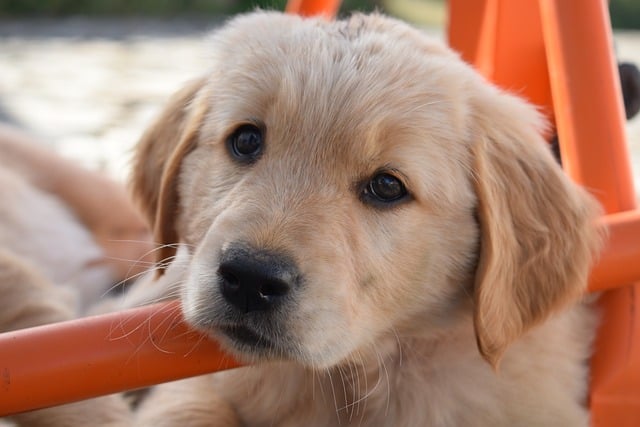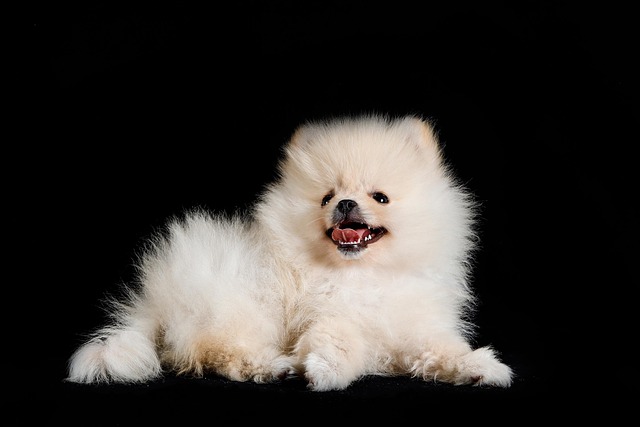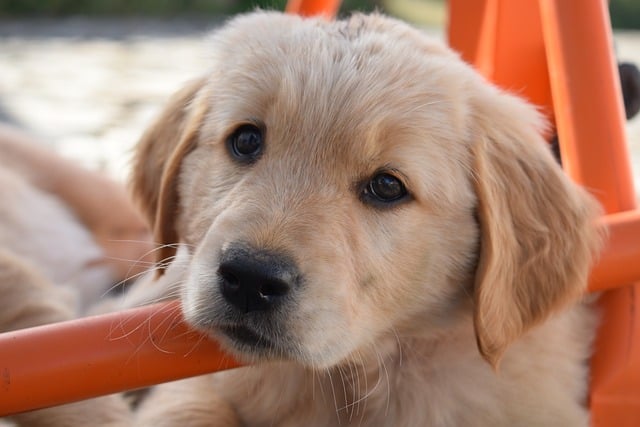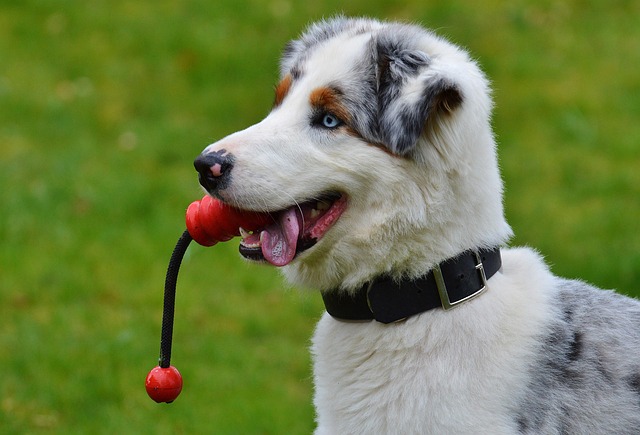
How to get dead flaky skin off a dog
How to get dead flaky skin off a dog? If you’ve ever buried your face in your golden retriever “Max’s” fur for a cuddle, only to pull back with tiny white flakes clinging to your sweater
How do I toughen up my dog’s paw pads? If you’ve ever watched your 3-month-old golden retriever puppy “Buddy” pause at the edge of the sidewalk, lifting his tiny paws like the concrete’s made of hot coals, you know the worry. Those soft, pink pads look delicate—too delicate for the rough-and-tumble of daily walks, park play, or even your backyard’s gravel path. But here’s the thing: paw pads are meant to toughen up, with a little help. Let’s break down how to do it safely, so Buddy can romp without wincing.
First, let’s get why paw pads need “tough love.” A dog’s paw pads have a natural layer of keratin—the same stuff that makes your nails hard. When exposed to moderate, regular wear, this layer thickens, creating a protective barrier against scratches, heat, and cold. Think of it like calluses on your own feet after months of hiking—they’re not painful, just tough enough to handle the terrain. But puppies (and even adult dogs with sheltered lives) have thin keratin layers, so sudden exposure to rough surfaces can tear or burn them. Rushing the process does more harm than good; it’s about slow, steady exposure, not “roughing them up.”
So, how to build that toughness step by step? Start with baby steps—literally. Take Buddy to the grassy part of your yard first. Let him sniff, dig, and wander for 5-10 minutes daily; grass is soft but offers gentle friction. After a week, move to a dirt path—slightly rougher, but still forgiving. Once he trots confidently there, add 1-2 minutes on the sidewalk, then gradually increase. My neighbor in Austin did this with her lab “Luna”; by week three, Luna went from tiptoeing on concrete to bounding across it, her pads now a healthy, pale pink (not raw).

Avoid extremes: Never force a dog onto hot asphalt (test it with your palm—if it stings after 5 seconds, it’s too hot) or icy ground. In winter, skip salted sidewalks—they dry pads and burn. Trim the fur between paw pads, too; long hair traps mud and snow, making it hard for pads to grip and toughen. And here’s a pro tip: reward every small win. When Buddy takes that first step on concrete, give him a tiny piece of cheese. Positive reinforcement makes him associate new surfaces with good things, so he’ll be eager to explore—not scared.
Toughening pads ties into bigger pet responsibilities in the U.S. Start with the basics: All states require rabies vaccines by 4 months old, with fines up to $500 in Los Angeles for skipping them. A healthy dog’s body builds stronger paw pads, so stay on schedule. When out, always carry poop bags—failing to clean up in New York can cost $250, and keeping spaces clean means fewer sharp bits (like glass) that hurt tender pads.
Apartment dwellers, get creative: Lay down a rubber mat near your door or a woven rug in the living room. These textures mimic outdoor surfaces, letting your pup build toughness even indoors. When walking in your community, stick to early mornings or evenings in summer—cooler pavement is easier on developing pads. And if Buddy gets skittish, never yank his leash or scold. The Humane Society warns that fear makes training harder; instead, kneel, call him gently, and offer a treat. Trust matters more than speed.
With patience, those soft puppy paws will turn into sturdy, adventure-ready pads. And when Buddy sprints across the park, no longer hesitating at the sidewalk edge? That’s the payoff—proof that slow, kind training lets your pup thrive, one step at a time.

How to get dead flaky skin off a dog? If you’ve ever buried your face in your golden retriever “Max’s” fur for a cuddle, only to pull back with tiny white flakes clinging to your sweater

Will my dog’s paw pad heal on its own? If you’ve ever ended a walk with your Australian shepherd “Milo” to find tiny spots of blood on the sidewalk, then noticed a ragged scratch on his paw pad

You’re out in the yard, watching your dog chase a ball, when you notice they’re moving a little stiffly—maybe hesitating before jumping up on the porch, or limping slightly after a quick run.

How do I toughen up my dog’s paw pads? If you’ve ever watched your 3-month-old golden retriever puppy “Buddy” pause at the edge of the sidewalk

It’s a scenario many new dog owners know too well: you wake up to find your pup’s bed dotted with small puddles of diarrhea, or they turn up their nose at breakfast and let out a low, unhappy whine.

That unmistakable fishy odor suddenly filling your studio apartment, or your pup doing an urgent "scoot" across your favorite rug – it’s frustrating and concerning.